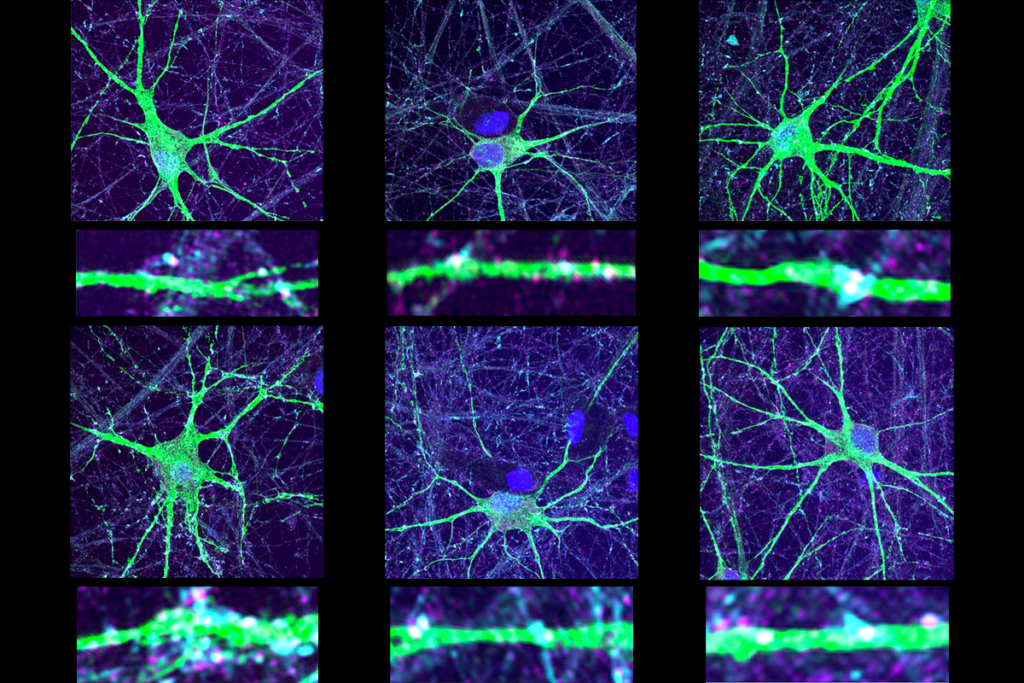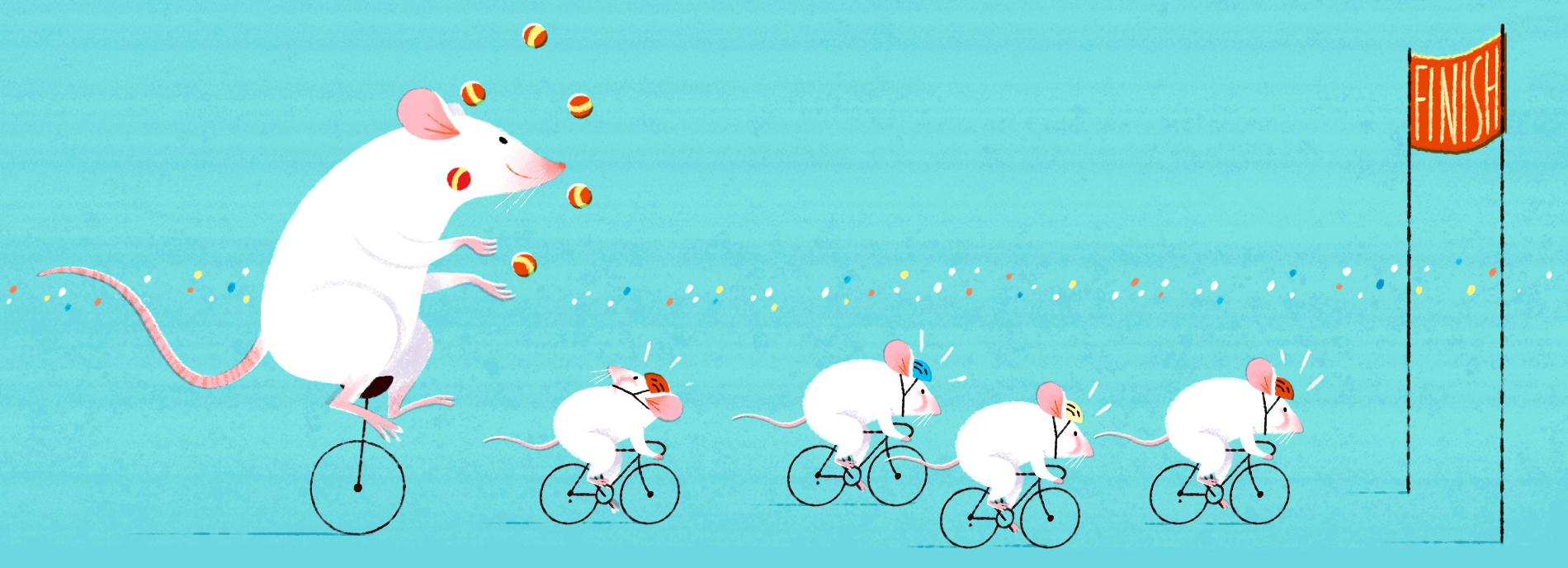
Meet the newest contestant in the scientific rat race
Mice have long been the mainstay of autism research, but a small group of scientists say rats are the superior choice. Rats are bigger, smarter, friendlier — and a lot more fun.
I
n a shoebox-sized cage on their own floor in the Anderson Building at the Baylor College of Medicine, two little white mice with pink ears and skinny tails scurry over a bedding of corncob strips. They run from corner to corner, now and again standing on hind legs to press their paws against one of the cage’s clear plastic walls. Occasionally, they bump into each other and take a sniff. Mostly, they do their own thing.On another floor of the same building, larger cages hold white rats that can’t seem to stay away from each other. They pounce, wrestle and roll. It’s impossible to avoid the comparison: They act like puppies.
“You can actually grab the rats and put them in your hand and treat them exactly how you would treat a puppy,” says Surabi Veeraragavan, a behavioral geneticist at Baylor in Houston, Texas. Regular handling, she says, helps rats get used to the scientists who study them. “You can put them on your shoulder, you can put them on your arms; they will go to sleep right away. You can pet them and play with them.”
Holding a rat can be like cradling a baby, adds Rodney Samaco, the molecular geneticist who leads the Baylor team. “They like to put their head in the crevice of your elbow,” he says. They practically purr. “You tickle their stomachs; they like that.”
“They love that!” says Veeraragavan.
The Baylor team also studies mice, which were there long before the rats and still outnumber them. But when Samaco and Veeraragavan talk about the lab’s mice, their words are less affectionate: The mice are less social, their behaviors simpler; they aren’t nearly as cute.
If you put a mouse on your arm, as you would a rat, it wouldn’t end well, says Samaco. “They would look very nervous,” he says. “Then, they would bite you.”
Samaco is in no way anti-mouse: Mice have made countless contributions to autism research. But he is enthusiastically pro-rat. And that puts him and Veeraragavan in a small but growing group of researchers who have begun embracing rats as powerful models for studying autism and related conditions. With their bigger brains and more complex social behaviors shaped by millions of years of evolution, argue the rat advocates, these rodents are a useful addition to research on conditions in which social interactions go awry.
“People think of rats as big mice,” says Peter Kind, a developmental neuroscientist at the University of Edinburgh in Scotland. “They’re not.”
This idea hasn’t been an easy sell. Despite a growing number of available rat models, along with accumulating evidence from rat studies on the science of autism, some researchers remain hesitant. One reason is practical: Rats are often more expensive to care for than mice are, beginning with an initial investment in bigger cages, new equipment and time spent learning how to work with them. And after building a career on mice, some researchers are just not eager to start over with a different species.
If scientists want to get at the roots of autism and develop effective treatments, though, they may have to get over these qualms, says Michelle Olsen, a neuroscientist at Virginia Polytechnic Institute and State University. After all, most clinical trials for autism drugs have failed so far, even when those trials follow promising results in mice. “Maybe,” Olsen says, “that has something to do with the model systems we are using.”
”“You can actually grab the rats and put them in your hand and treat them exactly how you would treat a puppy.” Surabi Veeraragavan
Rodent race:
A
s the genetic revolution ramped up, it was mice that led the way. Starting in the 1980s, researchers began making mice that lack certain genes. The mouse genome was sequenced in 2002, and technologies for sequencing and manipulating mouse DNA advanced rapidly. Soon, next-generation sequencing began to identify candidate genes for autism in people — a list that now includes hundreds. Researchers who wanted to probe the genetics of autism-related behaviors in a mammalian model had little choice but to use mice.Today, there are dozens of mouse models of autism. Hundreds of published studies have linked genes in mice to repetitive behaviors, learning difficulties and seizures, among other features. “I can’t even keep track anymore,” Samaco says. “It’s not like they come out once every three months; this is happening every week.”
Also available are mice with genes that can be turned on in subsets of neurons at specific times, and even made to glow when they kick in. Autism research in mice is, without question, far ahead of work in rats.
“I guess people thought, ‘Well, mice really aren’t that different from rats, and we’re already further along’” genetically, says Jill Silverman, a behavioral neuroscientist at the University of California, Davis MIND Institute, who studies both mouse and rat models of autism. “For a while that was okay, because we needed the mouse.”
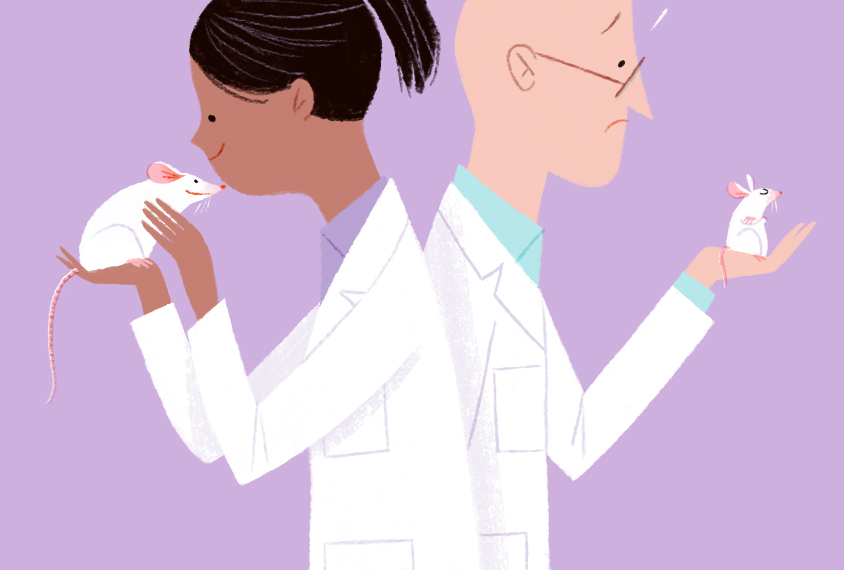
But mouse research also delivered plenty of frustration. During Silverman’s postdoctoral fellowship at the National Institute of Mental Health in 2007, she and a colleague put about 15 first-generation genetic mouse models of autism through an exhaustive battery of more than a dozen behavioral tests. None of the mice showed social deficits that would qualify them for use as a model for studying autism. “It was extremely frustrating,” she says. “It made me not want to study social behavior anymore.”
She’s not alone: Even when one lab links a mutation to a behavioral change in mice, other labs have been unable to replicate results. Similarly, drug trials in mice have repeatedly failed to predict how drugs will perform in people. Pharmacological studies have long used rats instead to gauge the potential toxicity or effectiveness of drugs in people, in part because mice metabolize drugs so quickly, Silverman says.
Those kinds of inconsistencies have inspired some researchers to take a fresh look at the rat. This is not a totally new idea: Given the wide and obvious social gulf that separates rats from mice, behavioral scientists have for many decades preferred rats as a model for understanding how the human brain produces behaviors, and how people learn, remember and interact with one another.
There’s good reason why rats, not mice, are the heroes of the “Rats of NIMH” stories, which chronicle the adventures of a group of rodents that are intelligent enough to read, write and escape their confinement in a lab, notes Olsen, who works with both mice and rats. Real rats, she says, are also full of personality — unlike mice. Olsen recalls a recent dinner conversation with a colleague about the challenges of working with mice. “She was like, ‘Mice are the only creatures that look at you like they could take you down, even though they are the size of your thumb,’” Olsen says. “Mice are like furry little snakes.”
Evolution may explain some of the differences between rats and mice, which split from a common ancestor between 10 and 12 million years ago. That’s possibly double the evolutionary gap between humans and chimpanzees, which split about 6 million years ago. As the two rodent groups diverged, rats developed on swamplands and forests while mice adapted to arid plains — facing different pressures that shaped their behaviors. Rats, for example, are more comfortable in water than mice are.
For behavioral research, a rat’s size and behavioral repertoire are other major selling points. Up to 10 times larger than mice, rats also have a greater range of behaviors that are easier to observe. Because rat brains are larger, they offer more tissue to work with for biochemical analyses, and provide more information when their brains are scanned. Rats also play more as juveniles than mice do, offering a better analogy of a condition that develops in childhood.
The first rats that lacked specific genes were produced in 2009 by SAGE, a company now called Horizon Discovery. Two years later, at the Society for Neuroscience annual meeting in Washington, D.C., the company unveiled seven rat models of autism.
The rats held immediate appeal for some autism researchers. Others were reluctant to make the switch. After Olsen started working with rat models in 2013, she told a mouse-focused colleague about it. “I think he kind of got offended,” she says. “Like, ‘Does this mean this negates everything that has happened in the mouse because it’s different in the rat?’”
Samaco, who says he has had a mixed reception from audiences at conferences, is working hard to emphasize that mice are far from obsolete. “We’re not here to say anyone’s strategy is better or worse,” he says. “We’re here to say, ‘Let’s put this in our toolbox to try to understand autism and related disorders.’”
”“If it doesn’t translate from a mouse to a rat, is it likely to translate through to humans?” Peter Kind
Next top model?
O
n the rats’ floor of the Anderson Building at Baylor, the door between the main hallway and the anteroom of the rat suite is kept locked to prevent loud noises from spooking the animals. When researchers come in to clean cages or conduct experiments, they use the anteroom to layer up with protective gowns, booties, caps and gloves. Then they slowly open one of two doors into the rat housing rooms, where racks hold dozens of cages, each containing two or three rats. As soon as the animals sense that visitors have arrived, they rear up on their hind legs to sniff at whomever is there. Then they get put to work.Out in a testing room that is kept at about 70 degrees Fahrenheit and dimly lit, like a movie theater before the movie starts, a 4-week-old female rat sits in a plastic cylinder, holding a sunflower seed in her front paws. Cameras roll as she nibbles furiously on the seed, a seemingly simple behavior that offers a window into how the animals learn. Rats typically figure out how to open the seeds as juveniles and retain this ability as they grow into adults. But when rats are genetically engineered with a mutation in a gene called MeCP2, the Baylor team reported in 2016, the learning process falters.
In people, MeCP2 mutations cause Rett syndrome, one of the leading causes of intellectual disability in girls. The syndrome shares some features with autism, and typically causes developmental regression by age 2. In the MeCP2 mutant rats, the Baylor study found, learning happens normally until about 9 weeks of age, at which point the rats fall behind — taking an average of more than 200 seconds to get into the seed, compared with less than 100 seconds for controls. That difference persists at least through 13 weeks of age (young adulthood for a rat). The finding suggests that the mutant rats lose motor skills after a period of typical development. Regression also occurs in about 20 percent of children with autism, but scientists have yet to demonstrate it in a mouse model.
The regression finding is one of only a handful to emerge from autism rat research so far. The first study with a rat model of autism was published in 2014, three years after the models became available. It showed that young male rats lacking a functional copy of FMR1, the gene that is mutated in fragile X syndrome, play much less than controls do. One in three people with fragile X syndrome also have autism.
Another study, published in 2015 by Kind’s lab at the University of Edinburgh, added learning and memory deficits to the FMR1 rats’ profile. In people with fragile X, cognitive symptoms can range from learning disabilities to severe intellectual impairment. Kind’s group presented rats with random objects such as candle holders, cups and models of old mailboxes. The mutant rats have trouble recognizing objects they have seen before, the researchers found. Kind says he also has unpublished data showing that the FMR1 rats are slow to learn to fear a sound or light that’s paired with an electric shock to the foot.
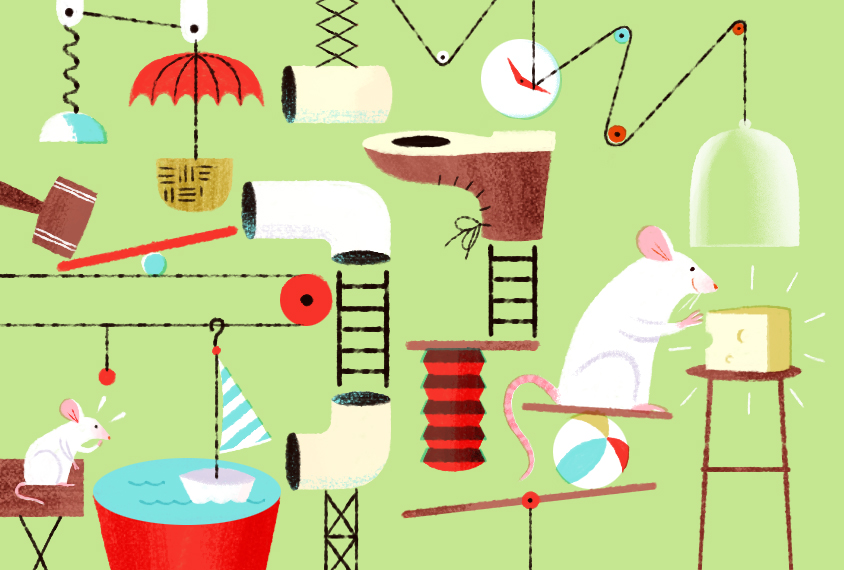
Together, these studies suggest that rats will offer new insights into autism, even after decades of research on mice with similar mutations. FMR1 mice have been around since 1994, but studies with the mice have produced inconsistent results: Some suggest no behavioral differences from controls, whereas others point to enhanced social behaviors; neither is reminiscent of autism.
Figuring out where rat and mouse studies converge — and where they contradict each other — may also help scientists zero in on where to focus next. If the two rodent models show similar results, that adds confidence that the same will prove true in people. Divergence, on the other hand, might suggest that scientists should be more cautious in making generalizations about the human condition. “If it doesn’t translate from a mouse to a rat,” Kind says, “is it likely to translate through to humans?”
Getting a behavioral window into the rat brain could also lead to new drug treatments for people with autism. The memory problems the FMR1 rats showed in Kind’s study depend on an intact hippocampus, a brain structure that mediates learning and memory. Recognizing that connection, Kind treated the rats with lovastatin, a drug known to affect pathways in the hippocampus in mouse models. Preliminary findings show that with a five-week course of treatment that begins just before the problems would typically show up, FMR1 rats develop normally. The rats retain their cognitive abilities even after they stop getting the drug. If the drug is given during a key developmental period, Kind says, there appears to be a long-lasting or permanent effect.
Kind and his team are testing whether the drug will help rats at ages where the memory problems are already present. They are also trying to figure out how the drug works in the brain. Some labs are probing other treatment options. For example, a group at the Icahn School of Medicine at Mount Sinai in New York is studying rats with a mutation in a gene called SHANK3. Mutations in SHANK3 cause Phelan-McDermid syndrome, a genetic disorder that often includes autism features.
On a test of attention — in which rats must touch one of five screens when a light appears — the SHANK3 rats do just as well as controls when the light stays on for a long time. But their performance slumps as the light flashes for shorter durations, says Hala Harony-Nicolas, a molecular neuroscientist at Mount Sinai, who reported the results in January. Unlike controls, the SHANK3 rats also do not remember rats they have met the day before. When these rats receive the hormone oxytocin — often touted as a treatment for autism — the animals recover their social-recognition memory and attention skills.
As with other studies that use models with a single-gene mutation, a larger goal is to gain insights that will also apply to autism arising from other causes. In the case of SHANK3, Harony-Nicolas says, mutations in other genes interfere with the same brain pathways, making oxytocin potentially useful beyond Phelan-McDermid. Some researchers are already studying oxytocin treatment in clinical trials of people with Phelan-McDermid syndrome.
There are still plenty of hurdles yet to overcome, including cost: Rats can be five times more expensive to care for than mice. Overall, though, rat research is on the upswing. There are at least two dozen rat models available, and more being made. Some of the newer ones will likely have point mutations, which alter one section of DNA instead of an entire gene.
Eventually, rat models could become as complex as their mouse counterparts, with mutations that can be manipulated to turn on or off during development. Scientists are also forging new collaborations, often across rodent and mutant lines. Kind’s group, for example, is working with researchers in Bangalore, India, to look for behavioral patterns among nine rat models of autism. He has also shipped his rats to numerous other labs in the United States and the United Kingdom.
In another project, the Preclinical Autism Consortium for Therapeutics, three U.S. labs are working together; two use mice, and the third is focused on rats. By combining data from both types of rodents in studies of behavior, electrical activity and molecular pathways in the brain, the team hopes to provide pharmaceutical companies with reliably vetted targets for drug development, says Mustafa Sahin, a developmental neurobiologist at Harvard University. “Single laboratory studies on a single mouse model were not providing sufficient confidence in the pharmaceutical industry to invest in autism spectrum disorder,” Sahin says.
Rats may never replace mice, nor should they. But together, both types of rodents can offer more to science than either could alone, Samaco says.
His team is betting on it: Last year, Baylor’s rat lab underwent a major renovation. The lab, expected to reopen by the end of March, will feature more than 1,000 square feet dedicated to following rats into adulthood. “There are so many papers we’re preparing right now on various rat models,” Samaco says. This year, he predicts, will be the year of the rat.
Syndication
This article was republished in The Atlantic.
Recommended reading
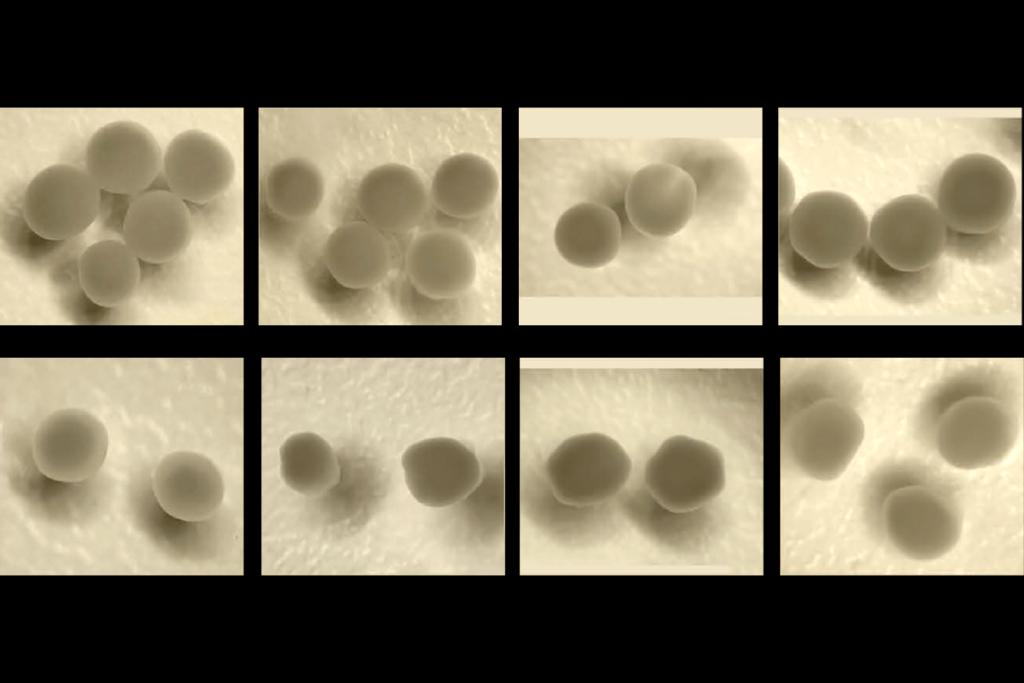
Parsing phenotypes in people with shared autism-linked variants; and more
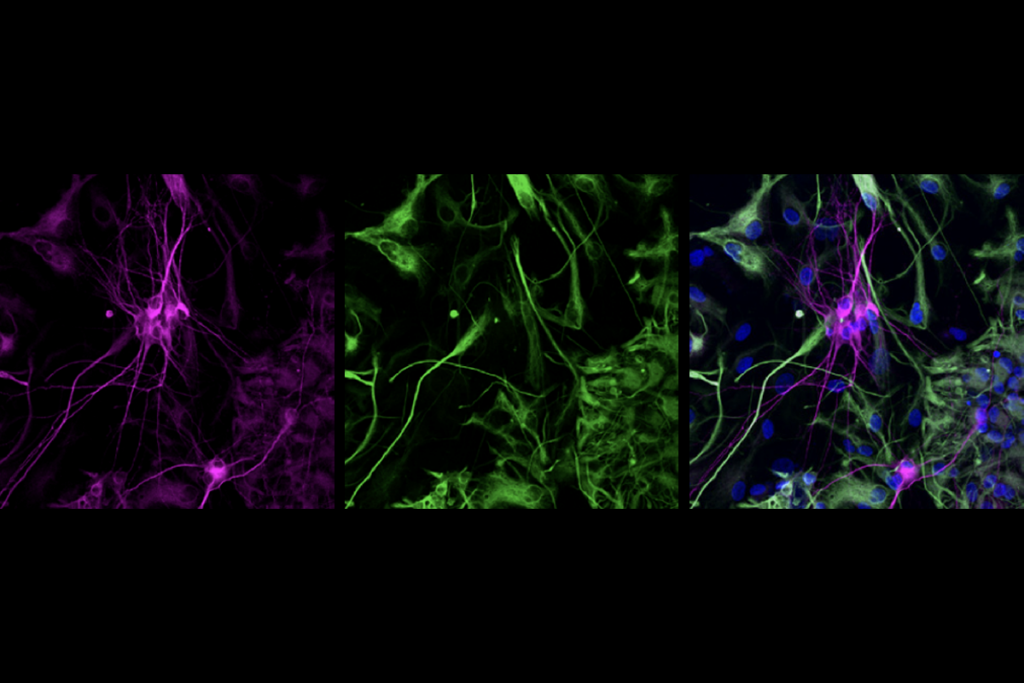
Boosting SCN2A expression reduces seizures in mice
Explore more from The Transmitter
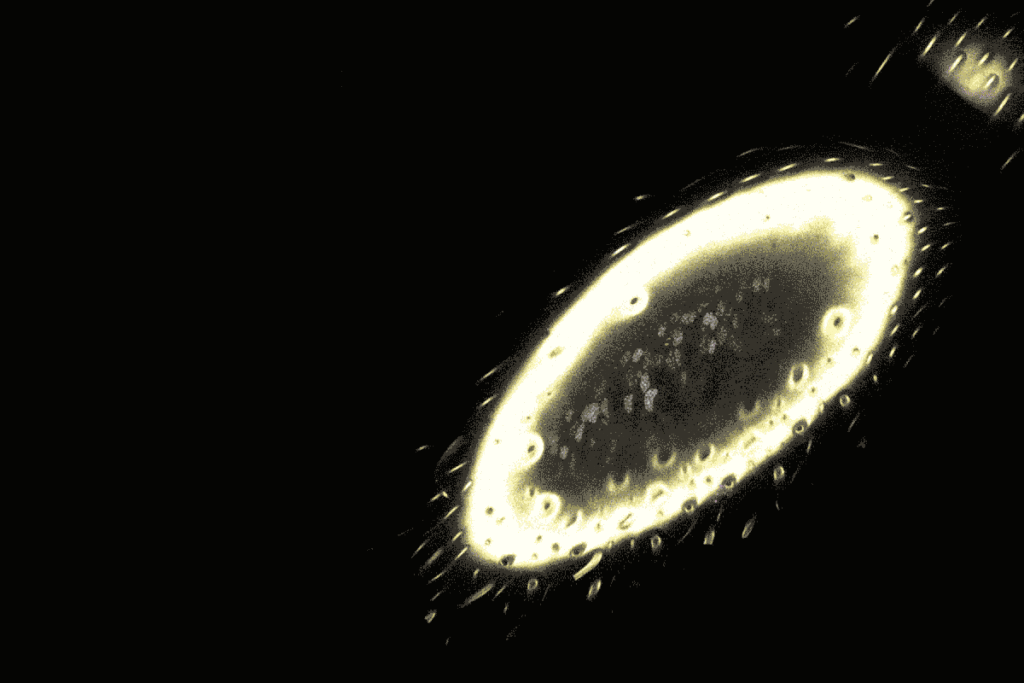
Ant olfactory neurons reveal new ‘transcriptional shield’ mechanism of gene regulation

The visual system’s lingering mystery: Connecting neural activity and perception

